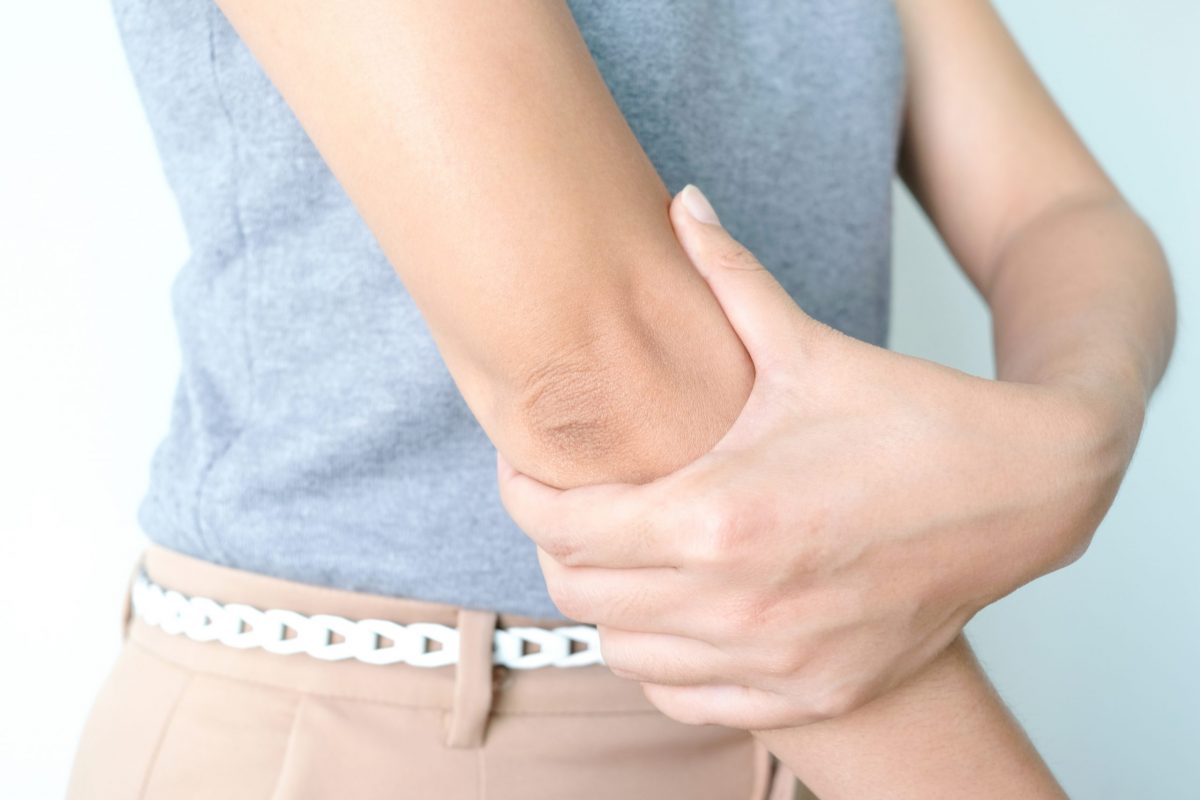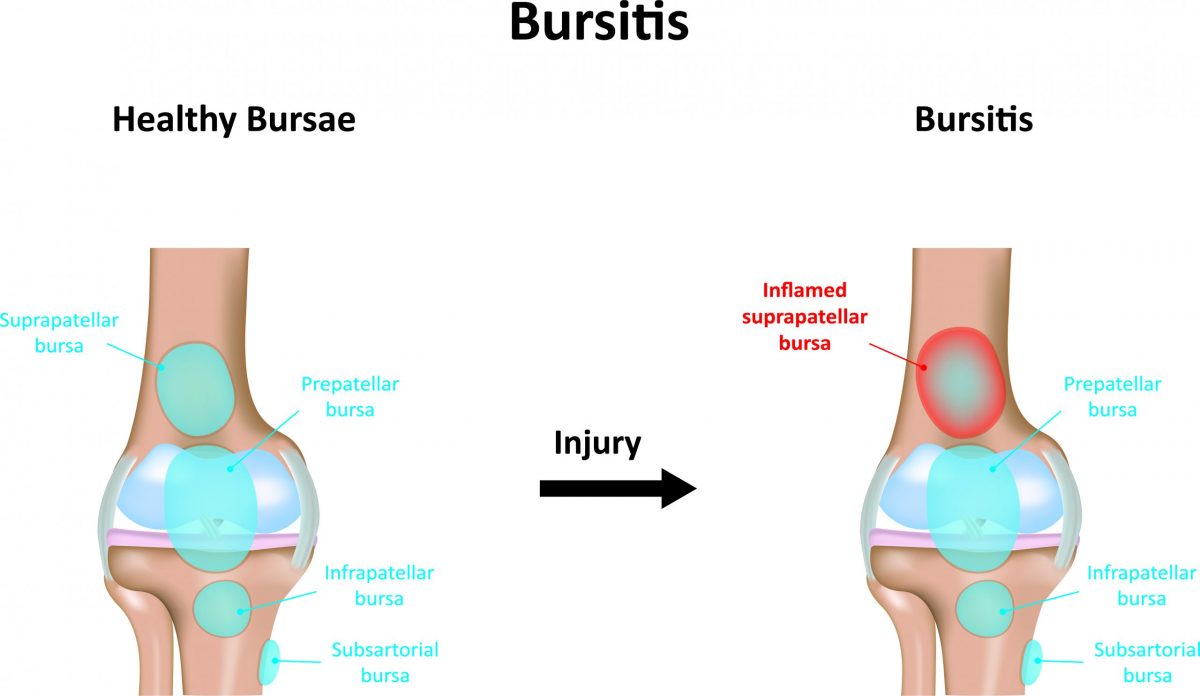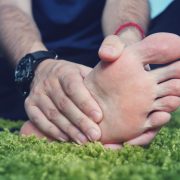
The bursa is a small sac filled with fluid that serves as a cushion between the bone, muscles, tendons, and skin. When the bursa experiences swelling—typically due to repetitive movement over time—the condition is referred to as bursitis. As you will soon discover, bursitis is common and can occur in several areas throughout the body.
At EmergeOrtho—Triangle Region, our board-certified, fellowship-trained orthopedic physicians provide subspecialty, patient-centered bursitis treatment. Our ultimate goal is to help alleviate the symptoms of bursitis and restore mobility.
What Causes Bursitis?
 As we briefly mentioned, the most common cause of bursitis is repetitive movement over time. People who place stress on their joints frequently—such as athletes, carpenters, gardeners, and musicians—are more prone to developing bursitis. The aging process also increases the risk of bursitis.
As we briefly mentioned, the most common cause of bursitis is repetitive movement over time. People who place stress on their joints frequently—such as athletes, carpenters, gardeners, and musicians—are more prone to developing bursitis. The aging process also increases the risk of bursitis.
You might be curious if bursitis and arthritis are the same conditions. The difference between bursitis vs. arthritis is that bursitis causes swelling of the bursae. Arthritis affects the bones, joints, and cartilage. With that said, arthritis—along with diabetes, gout, and thyroid disease can cause bursitis.
When bursitis occurs as the result of infection, an inflammatory condition, or an injury, it is referred to as “acute bursitis.” If bursitis results over time and symptoms are long-term, it is considered “chronic bursitis.”
Most Common Types of Bursitis
While the condition can occur throughout the body, there are four common types of bursitis, which include:
- Olecranon (Elbow) Bursitis
Olecranon, or “elbow bursitis,” is the most common type of bursitis. The olecranon refers to the bony part of the elbow located on the upper portion of the ulna. The condition occurs when the bursa becomes inflamed from trauma or infection.
- Retrocalcaneal (Heel) Bursitis
Retrocalcaneal or “heel bursitis” affects the bursa between the Achilles tendon and the heel bone.
- Prepatellar (Kneecap) Bursitis
When the bursa in front of the patella or “kneecap” becomes inflamed, it causes prepatellar bursitis.
- Trochanteric (Hip) Bursitis
Trochanteric bursitis occurs when the bursa near the greater trochanter or “lateral point of the hip” becomes inflamed and swollen.
Symptoms and Side Effects of Bursitis
In addition to hip, knee, elbow, and heel bursitis, the shoulder, ankle, and wrist are other common areas affected by bursitis. Those who experience symptoms and side effects of bursitis may experience the following:
- Stiffness and achiness near the joint
- Swelling
- Pain and inflammation
- Pain that increases when the affected area is pressed or touched
- Redness
In addition to going over your symptoms, your orthopedic doctor will perform a physical examination. X-rays, while not effective in revealing bursae issues, may help eliminate other diagnoses. Your physician can also request a magnetic resonance imaging (MRI) test, which does show the swollen bursae, or capture fluid from the bursa to test for infection.
Bursitis Treatment
Most patients respond well to conservative treatment methods to address the symptoms of bursitis. Nonsurgical treatment methods include:
- Ice
- Activity modification (rest and elevating the affected area)
- Non-steroidal anti-inflammatory drugs (NSAIDs)
- Corticosteroid injection (typically reserved for olecranon and prepatellar bursitis)
- Stretches and strengthening exercises
- Compression and bracing with a splint, band, or another assistive device
- Application of dry or moist heat to the affected area
If doctors determine that an individual has septic bursitis, oral antibiotics may be prescribed.
In more severe cases or situations, surgical intervention may be the most successful bursitis treatment.
Bursitis Prevention
Some ways you can reduce your risk of developing bursitis include:
- Participating in regular exercise
- Taking a gradual approach when trying a new physical activity or exercise
- Making sure to take breaks from repetitive activity
- Avoiding sitting for long periods
- Providing cushioning between joints when kneeling or resting on your elbows
- Practicing good posture
No matter what symptoms you are experiencing, our EmergeOrtho—Triangle Region experts are here to provide personalized care to help you Emerge Stronger. Healthier. Better.
To learn more, self-schedule an appointment now. Or, call us any time at (919) 220-5255.







